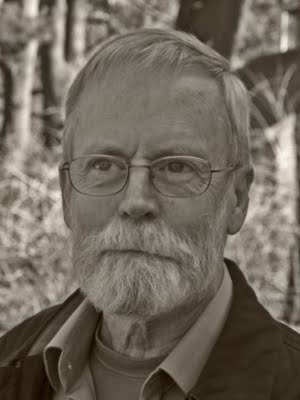Thomas E. Gilson
 Self-taught
photographer Thomas E. Gilson began working as a commercial
portraiture photographer in 1965. He left three years later, and for the
next ten years he supported himself with part-time jobs while taking on
self-assigned landscape photography projects.
Self-taught
photographer Thomas E. Gilson began working as a commercial
portraiture photographer in 1965. He left three years later, and for the
next ten years he supported himself with part-time jobs while taking on
self-assigned landscape photography projects.
In 1977 Gilson helped found a monthly agricultural magazine, The New England Farmer, and became its chief photographer and managing editor. A collection featuring his photographs of barns, fields, and farms throughout New England was published in 1983. The New England Farm (Wickwire Press) has been highly praised by critics around the county. The Washington Post labeled it "a collection of fine and almost timeless photographs," while Boston Globe noted, "The photographs are unfailingly handsome, as is the book that contains them."
In 1986 Gilson began a seventeen-year career teaching black and white and advanced photography at Lyndon State College in Vermont. In addition, he spent two years in England, traveling, teaching black and white photography at Nottingham University, and exhibiting at various galleries. Upon returning to Vermont, he continued teaching and also opened an art gallery and framing business, Wickwire Frames and Prints, which he closed in 2004 when retired from teaching and moved with his wife to New York.
In 2010 his collection of photographs of early New England gravestones was published in the New England Review along with an essay entitled, "Stone Faces" by William Gilson, Thomas Gilson's photographs and William’s text. In 2012, Wesleyan University Press published Carved in Stone, The Artistry of Early New England Gravestones. The hardcover book, also comprised of Thomas Gilson's and William Gilson's text, was designated ForeWords magazine's finalist for the "2012 Book of the Year." The many reviews it has garnered have been consistent with this acclaim. Paula Frosch of the Metropolitan Museum of Art Library and Library Journal wrote: "The Gilson brothers....have captured the essence of somber, touching memorials...an excellent look at a fascinating subject."
In the last decade, Gilson has moved from black and white, silver-based photography to digital capture and pigment-based printing. Although much of his work is now in color, the black and white image continues to play a large part of his work.
Gilson lives with his wife in Pine Bush, New York.






